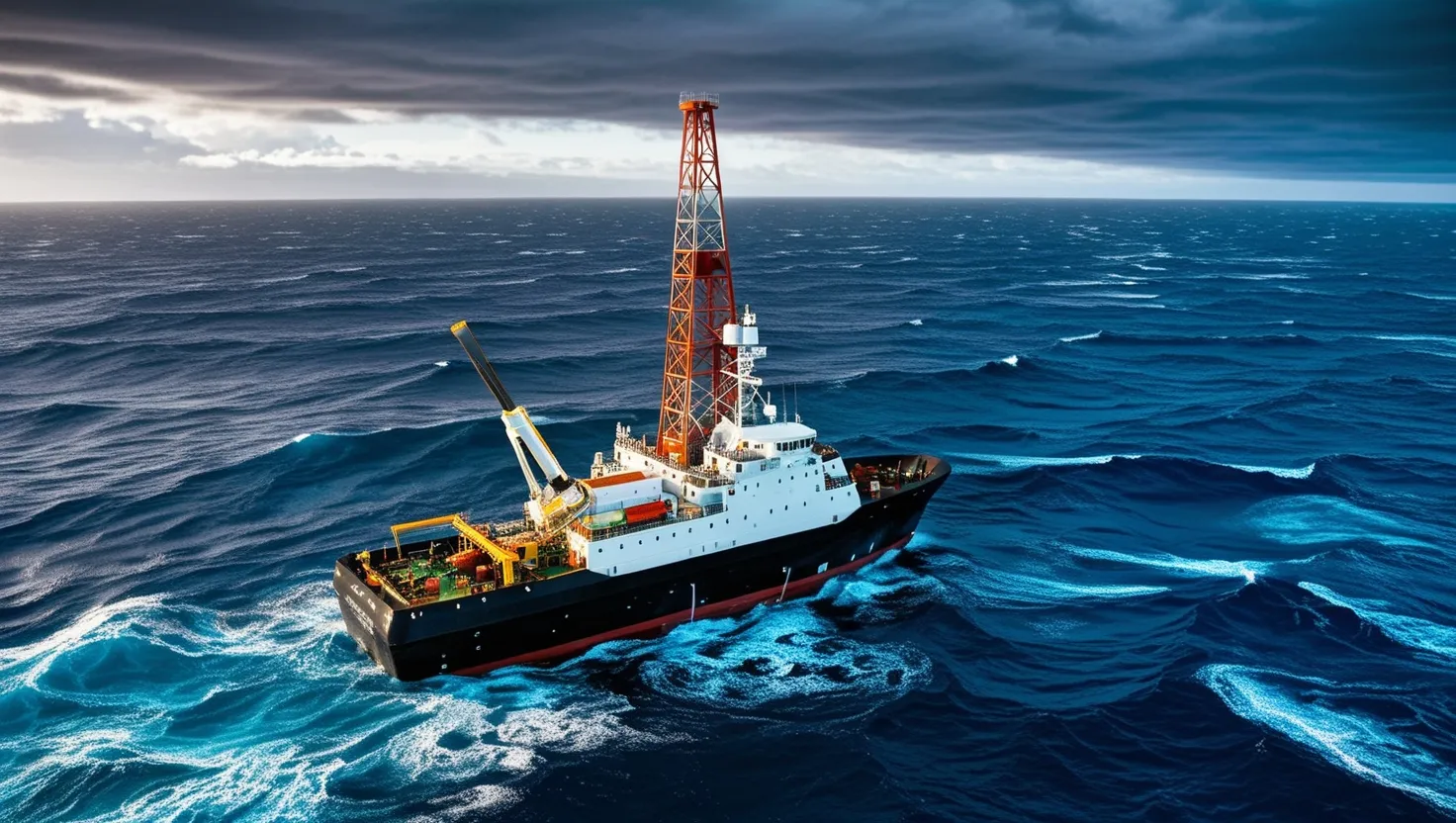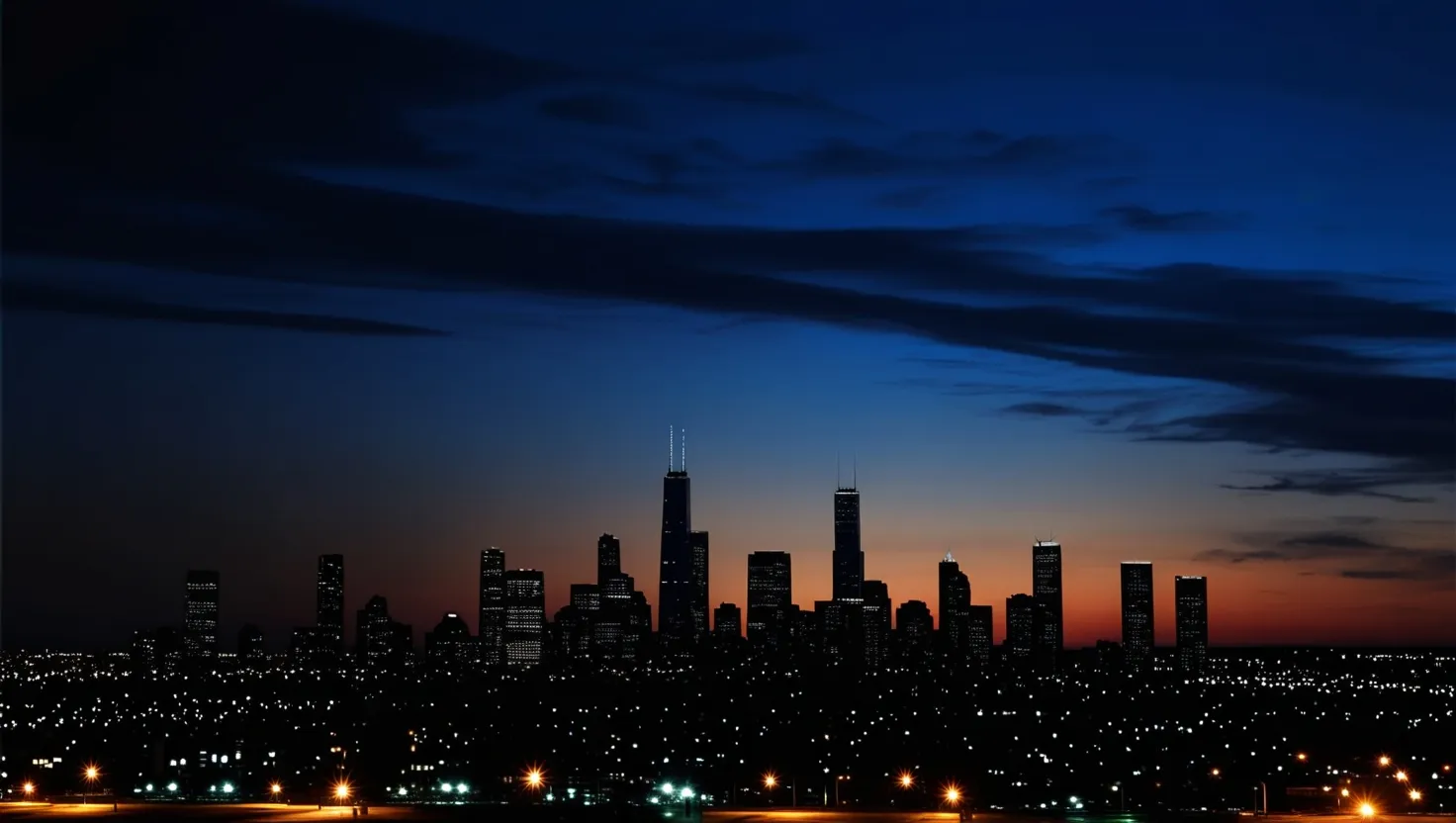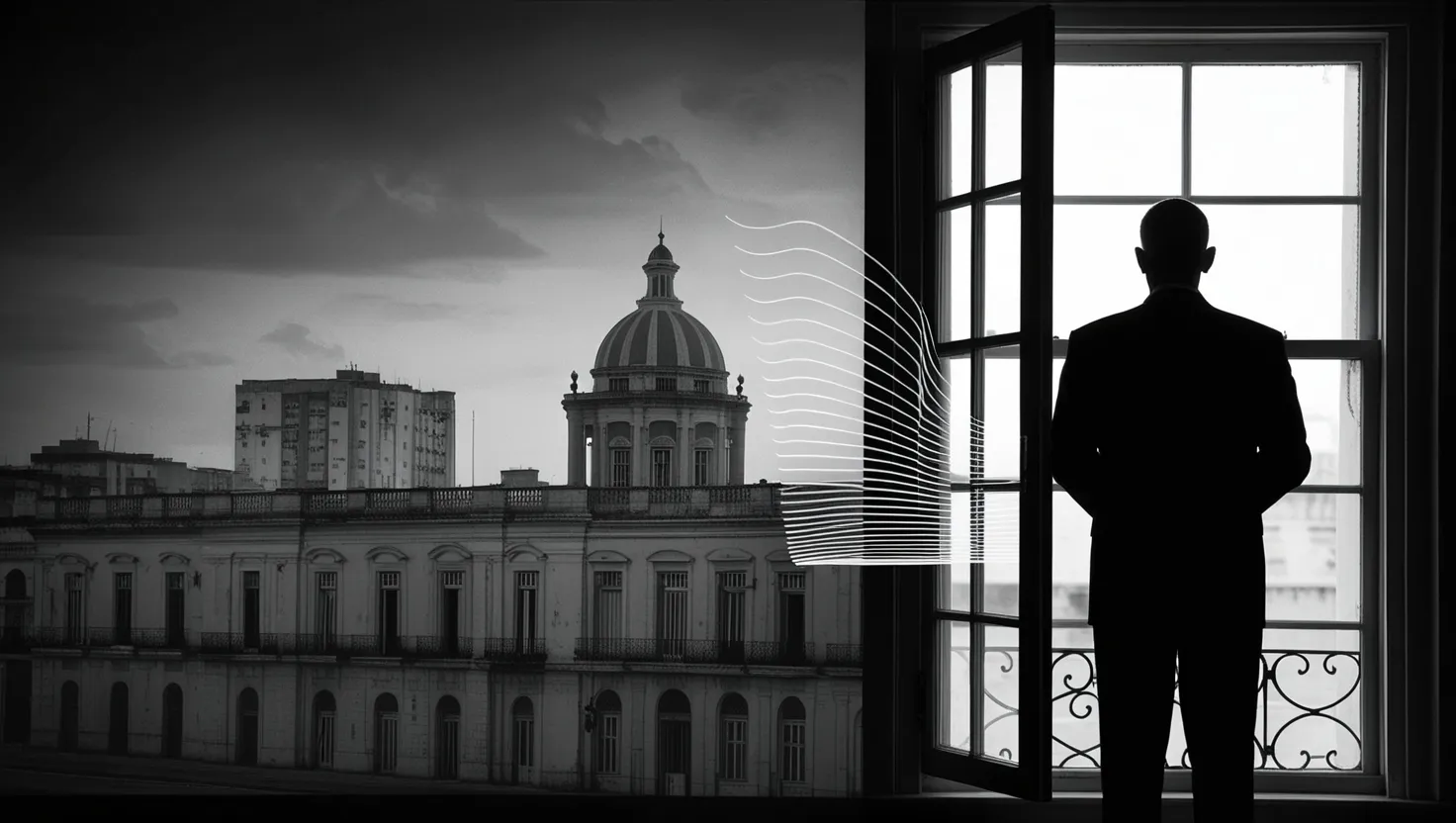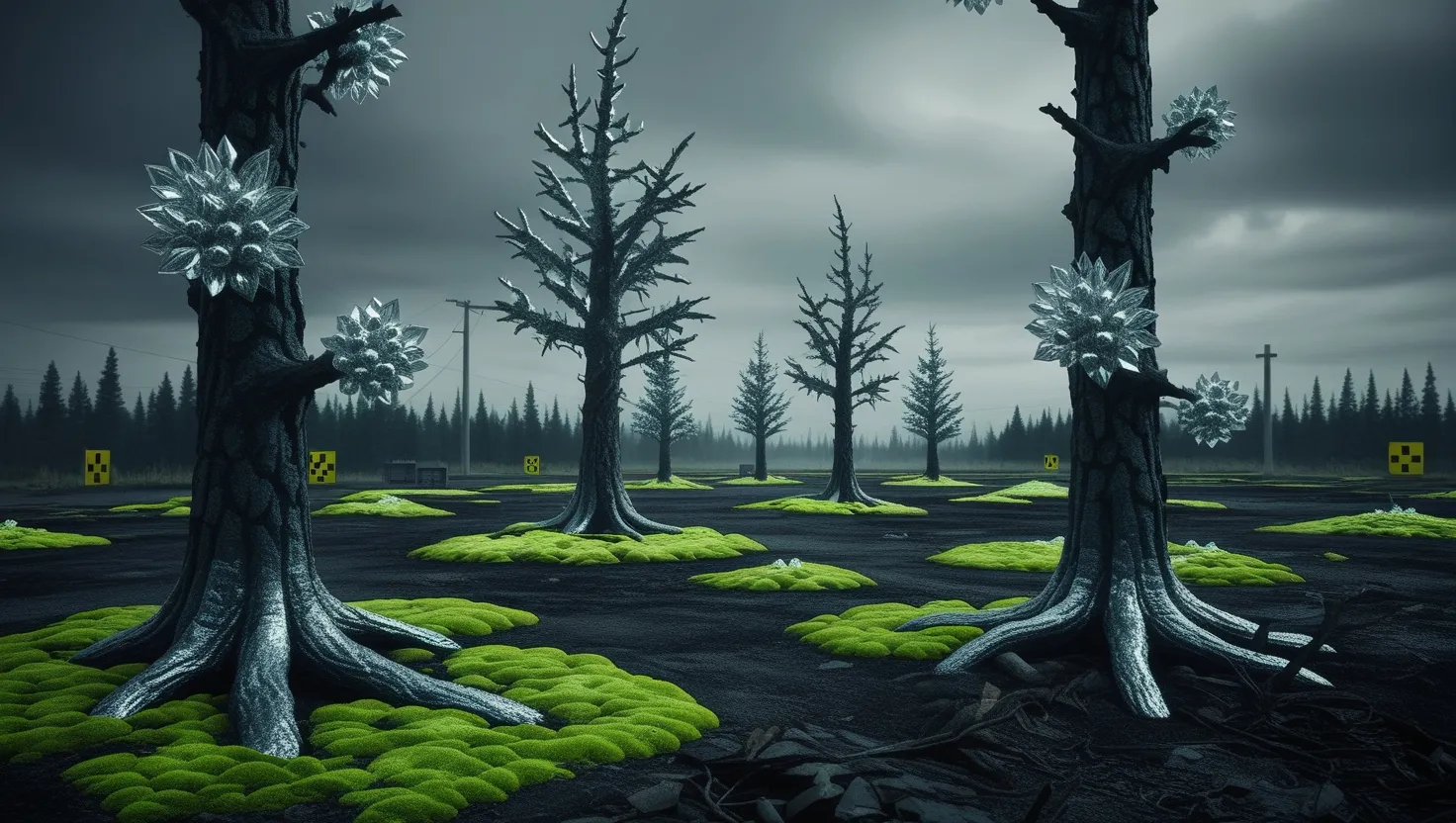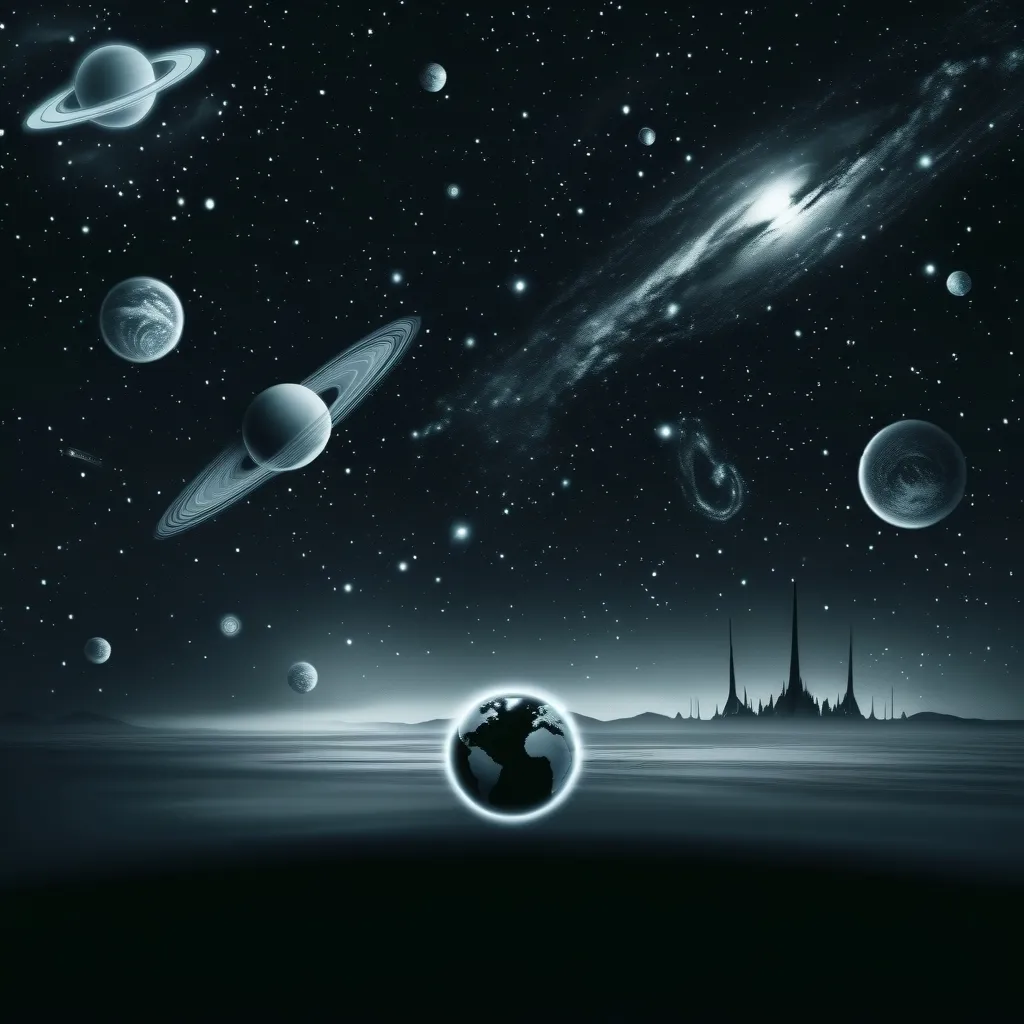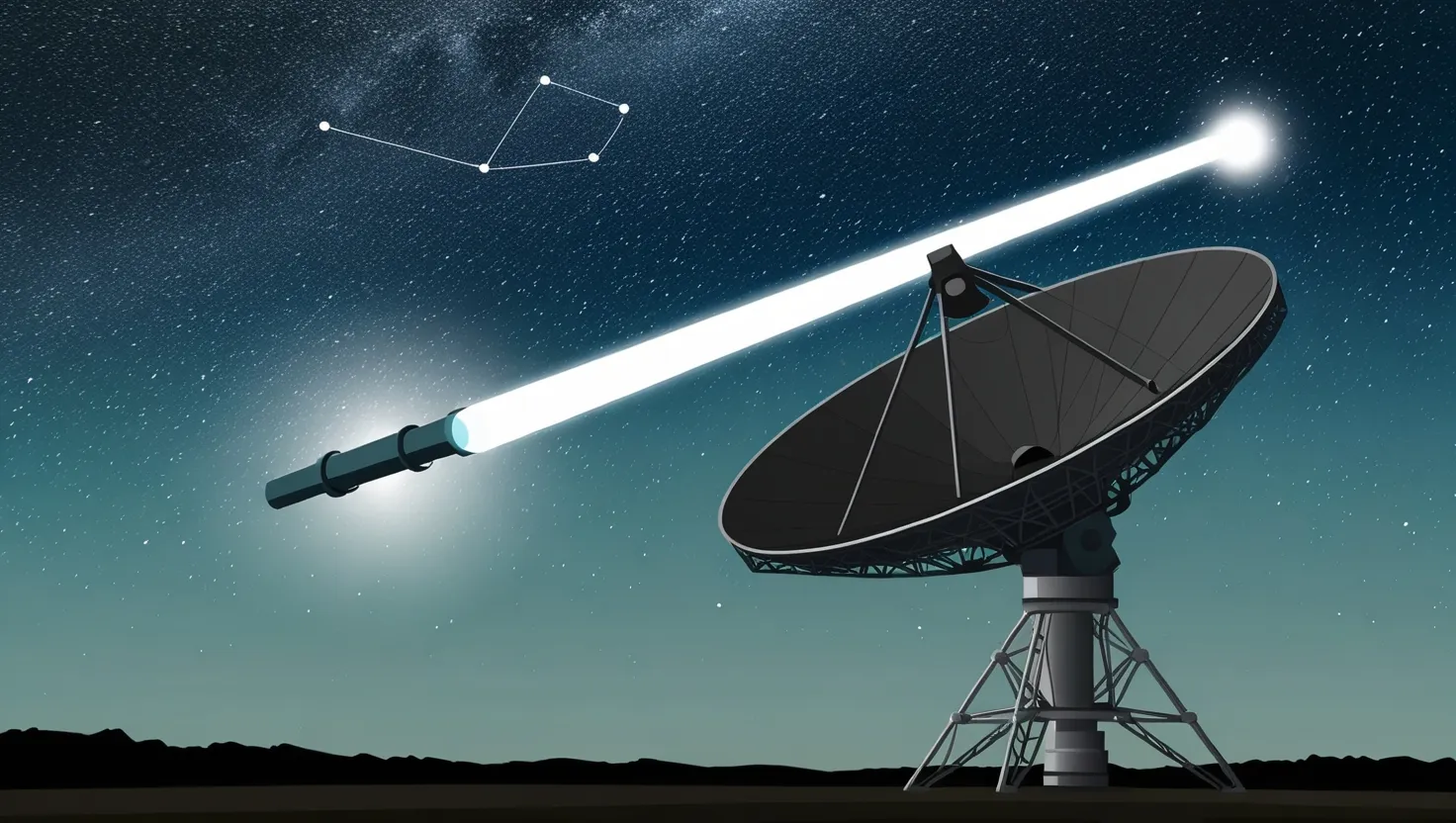Imagine standing on the edge of human audacity—men and machines, fifty years ago, facing down the oldest secrets of our planet from the deck of a ship tossing in the Pacific swells. Project Mohole, for those who know the name, marked a singular moment not just for American science, but for human curiosity itself. Its mission was as simple as it was radical: drill straight down through the planet’s crust until we struck the mantle, that mysterious realm just out of geologists’ reach. This was not just a drill site, but a test of our resolve, our belief that knowledge—no matter how deeply buried—is worth the effort and risk.
If you’ve ever wondered why so much of our effort hovers at the surface, why humanity rarely pushes deep beneath the obvious, Mohole’s story offers a kind of answer. It’s not just the technical challenges that gnaw at the ambitious. As the Mohole ships creaked and bit into ancient underwater basalt, their crews were not just wrestling with geology but with geopolitics, economics, and the strange anxieties of the Cold War.
It strikes me to this day as both exhilarating and sobering that a project of such global scale could simply vanish, its drills stopped, its crew dispersed, and its samples—some of the rarest rocks we may ever retrieve—locked away. Why would a country perched on science’s edge pull back just as the view became most interesting? Will we ever know if the reason was purely financial or if something more compelling was quietly swept under the rug?
To truly feel the ambition of Mohole, you have to picture the era. Early 1960s America was all bright lights and big dreams, the age of moonshots. Drilling through several miles of shifting seabed required the invention of new drilling techniques—what we now call dynamic positioning systems, allowing ships to hover, magically, at a fixed position despite wind and waves, and diamond-studded drill bits built for darkness and pressure no human would withstand. The project quickly advanced from concept to recovered basalt cores from 600 feet down—by far the deepest ever retrieved from beneath the ocean’s floor at the time.
“What we find changes everything,” is an idea as old as science itself. But what if what we find changes us, in ways that threaten the status quo? Mohole was expensive, yes, but the world spent billions on far riskier, less promising endeavors. The financial story always seemed—at best—a partial explanation.
What fascinates me most are the details that float up when I dig into the lesser-catalogued pages: seismic surveys conducted at the original Mohole site, years after the fact, revealed density gradients geologists hadn’t expected. They didn’t match the neat cross-sections we were taught in school. And those cores—they showed minerals formed under crushing pressures, orders of magnitude more intense than theory predicted for their depth.
Is it so far-fetched to ask: what did they hit down there?
That question isn’t rhetorical. Because off the stage, in classified memos, you find the flickering silhouettes of outside hands. Soviet ships patrolling the drilling site, not simply out of scientific curiosity but as part of a chess game invisibly played under the water and through the earth—this wasn’t just geology, but territory. Suddenly, records show U.S. oil lobbyists pushing hard against the project—supposedly worried about exposure of proprietary data on the continental shelf. Did they fear the revelation of vast untouched resources, or that a geologic surprise would change the rules, impacting claims and profits?
“Science is the great antidote to the poison of enthusiasm and superstition.” – Adam Smith
I keep coming back to that idea: antidote. But it sometimes seems as if antidotes are themselves regulated by who controls their supply. The National Science Foundation, which funded Mohole, made cryptic references to “undisclosed findings requiring further evaluation.” Cores and records that should be public frontage for all of science fell instead behind a velvet rope few insiders ever crossed.
If evidence suggested something was amiss at mantle depths worldwide—a metastable layer, unexpected chemical signatures, even a kind of seismic ‘echo’ not predicted by the models of the day—would that be enough to make governments nervous? To halt everything for a “further evaluation” that lasts decades?
Geology is not just a story of rocks, but of stories themselves—who gets to tell them, who owns them. You won’t find this angle in textbooks, but the intersection of geoscience and politics comes as no surprise if you look closely at the twentieth century. In every Cold War contest, the boundary between military and scientific endeavor blurred. Ocean drilling could have yielded not just knowledge but advantage: indications of hidden resources, vulnerabilities in sub-sea communications cables, or the potential for undersea bases.
“History is written by the victors,” Sir Winston Churchill once wrote.
But sometimes, the stories are unwritten, torn from the chapter list, tucked away in locked archives where all access is ‘pending review.’
Every so often, I ask: what if Mohole’s greatest legacy is not the data—much of it still unreleased—but the way it revealed the limits of curiosity under pressure from politics and profit? Did we collectively decide some questions are too dangerous to answer? Did we stumble on evidence suggesting the planet isn’t as stable as we believed—maybe even that our understanding of earthquakes, of planetary formation, of the mantle’s role in tectonics, is fundamentally incomplete?
Imagine, today, scientists finding persistent anomalies—seismic velocity shifts at depths Mohole almost reached—across the planet. Modern imaging techniques, more sophisticated than anything the 1960s could conjure, still return the same riddles. We talk now about a “partially serpentinized mantle layer,” which could change our understanding of how continents move and collide. Yet, for all our billion-dollar research vessels and supercomputers, we’re still chasing the ghosts of cores pulled from the Pacific half a century ago.
So much of this story comes back to access, to knowledge simmering just out of reach. Why are the Mohole cores, even now, in restricted archives? One wonders whose interests are served by enforced ignorance. The answer, if it exists, perhaps remains somewhere on the ocean floor—or in a government vault.
As I reflect on the lost decades, I can’t help but think about the geologists, oceanographers, and engineers whose ambition was cut short. They risked heat, cold, and crushing disappointment to bring back the proof that could change everything. From the deck of their ship, the planet was at once vast and fragile. For them, failure was only ever temporary—a pause before the next bold experiment.
“What is now proved was once only imagined.” – William Blake
Project Mohole matters not just as a scientific adventure, but as a mirror for our own limitations—how easily discovery collides with hidden agendas, how new knowledge can both enlighten and threaten. The silence at the project’s end, the absence of public reckoning, feels louder over time. Each year, as images from yet another ocean-bottom survey paint the same unresolved portrait, the ghosts of Mohole whisper, asking if we have truly moved on or merely packed our uncertainties away.
Sometimes, I like to imagine what the world would look like if the project had continued. Would we know more about earthquake risks, planetary formation, or the hidden patterns beneath continents? Would the science now be common knowledge, guiding policy and progress, rather than rumor and debate? Or did Mohole strike something—politically, economically, or geologically—that simply couldn’t be shared?
Every abandoned ambition leaves a wound in the collective mind. Project Mohole reminds me that the quest for knowledge is rarely straightforward. There are always shadows in the wings, players whose motives are as deep and muddled as the mantle itself.
Let me ask you: if offered the chance to chase the world’s hardest questions only to face a wall of silence when you got close to an answer, would you try anyway? Or would you cut your drill and sail for safer shores?
Maybe, in the end, that’s the truest legacy of Mohole: the proof that our greatest mysteries are not just those we find in stone and mineral, but those that sit unresolved between the people who search for them, and the world that decides which answers we are allowed to see.
